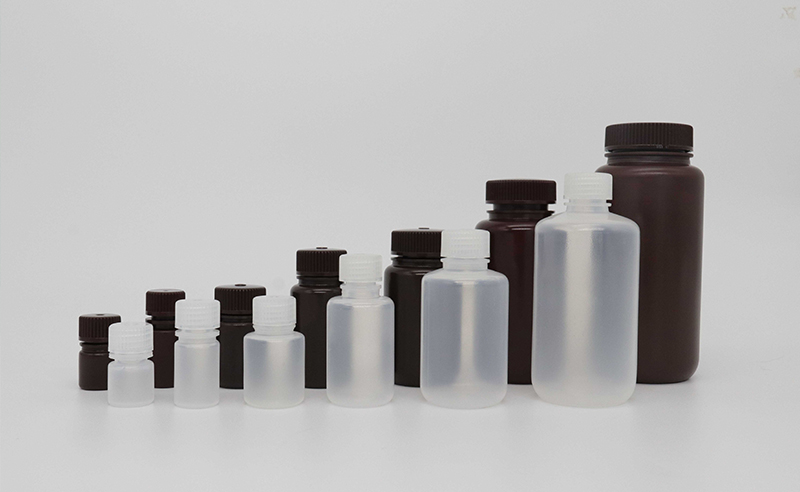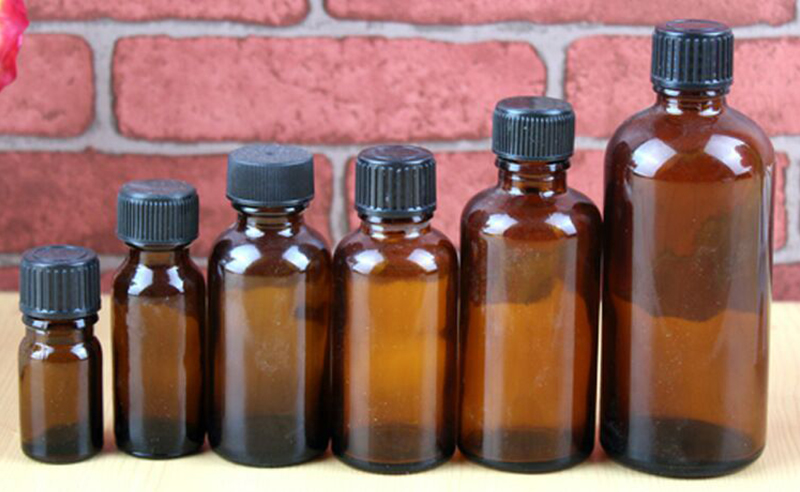资讯信息
information
相关产品
Tm-DOTMA, 2126179-30-2,化学式:TmC₂₀H₃₃N₄O₈•4H₂O
发布时间:2024-04-03 分享至:
Tm-DOTMA, 2126179-30-2,化学式:TmC₂₀H₃₃N₄O₈•4H₂O
Chemical Formula
TmC₂₀H₃₃N₄O₈·4H₂O
Chemical Name
Thulium (III) (1R, 4R, 7R, 10R)-α, α&rsuo;, α&rduo;, α&rsuo;&rduo;-Tetramethyl-1,4,7,10-tetraazacyclododecane-1,4,7,10-tetraacetic acid
FW (weight)
698.5
CAS Number
2126179-30-2
Purity
≥ 94%
结构式:
Tm-DOTMA, 2126179-30-2,化学式:TmC₂₀H₃₃N₄O₈•4H₂O
供应商:西安瑞禧生物科技有限公司
: :
相关文献:
Introduction
Non-invasive temperature monitoring has many direct uses in medicine. MR thermometry techniues based on the chemical shift, relaxation rates and molecular diffusion rate of 1 H water signal suffer from poor thermal resolution. Zhu et al. [1] and we [2] independently developed a non-invasive MR thermometer based on the temperature dependence of hyperfine shifted 1 H signal of the paramagnetic lanthanide plex, Tm-DOTA- . One potential drawback of Tm-DOTA- is low signal-to-noise ratio. In this study, we evaluate the use of lanthanide plexes of a methyl substituted analog of DOTA4-, DOTMA4- for MR thermometry. Aime et al. [3] have explored the utility of Yb-DOTMA- as temperature sensitive imaging probe. DOTMA- has 12 euivalent protons on the four methyl groups and gives three times more intense signal pared to Tm-DOTA- . In addition, the methyl proton signals have longer T2 and narrower line-widths because of fast free rotation of the CH3 - groups and reduced through-bond paramagnetic contact interaction.
Experimental
LnDOTMA- were synthesized from Ln2O3 (Ln = Pr, Yb, Tb, Dy and Tm) and Na4DOTMA. 1 H spectra of the LnDOTMA- plexes were acuired in the temperature range 22 to 55˚C using a Varian 9.4 T 89 mm vertical bore MR system. 1 H spin-lattice (T1) and spin-spin (T2) relaxation times of the methyl resonances from the five LnDOTMA- plexes were measured at 37o C. To determine the effects of pH and Ca2+, on the chemical shift of the methyl resonance of the Tm-DOTMA- , the experiments were conducted at 37˚C at five different pH values (3 to11) and five different Ca2+ concentrations (0 to 3 mM). In vivo temperature measurements were performed on subcutaneously (sc) implanted RIF-1 tumor in C3H/HeN mice using a 1 cm diameter surface coil placed over the tumor. 1-2 mmole of Tm-DOTMA- per kilogram body weight was injected through a tail vein. Animal core body temperature was monitored with a rectal fiber-optic temperature probe. The animal temperature was manipulated over temperature ranging from 35 to 40o C by blowing warm air into the magnet bore.
Results and Discussion
Figure 1 shows the structure and 1 H MR spectra of Tm-DOTA- and Tm-DOTMA- showing H1 and H6 or methyl proton signals. The SNR advantage with Tm-DOTMA- is clearly apparent in the spectra. Table 1 shows the chemical shifts, temperature coefficients of chemical shift (CT), line-widths and relaxation times for the methyl resonance from the five plexes. Tb(III), Dy(III), and Tm(III) plexes of DOTMA4- show two resonances because of the presence of two conformational isomers. The relative amount of the minor isomer of Tm-DOTMA- is < 4%. The CT value is the largest for the methyl signal from Tm-DOTMA- . The ratio of temperature coefficient and resonance full width at half height (|CT|FWHH) is also largest for Tm-DOTMA- , therefore, this plex was further evaluated. The methyl proton chemical shifts of Tm-DOTMA- are independent of the pH, Ca2+ concentration or presence of any blood plasma. The proton T1 and T2 values for the methyl resonance of Tm-DOTMA- at 37˚C and 9.4 T are 5.3 and 4.1 ms, respectively. These values are approximay two times more pared to the H6 signal from Tm-DOTA- . These data clearly show the advantages of Tm-DOTMA- over Tm-DOTA- . Figure 2 shows representative in vivo 1 H spectra of Tm-DOTMAfrom a sc-implanted RIF-1 tumor. The tumor temperature was always lower than the core body temperature. This demonstrates that Tm-DOTMA- allows robust measurement of temperature in sc implanted tumors and other tissue in intact animals.
Conclusion
The major advantages of Tm-DOTMA- for MR studies include 1) ~60 times more sensitivity to temperature than water and 15 times more than YbDOTMA- ; 2) more intense signal and longer T2 pared to Tm-DOTA- [1,2]; and 3) insensitivity to changes in concentration, pH, [Ca2+] and presence of other ions and macromolecules. These properties should make Tm-DOTMA- useful for MR thermometry in a wide range of applications.
Tm-DOTMA, 2126179-30-2,化学式:TmC₂₀H₃₃N₄O₈•4H₂O
瑞禧生物研发生产的产品有几千种,包括单分散PEG、低分散PEG、荧光染料、PROTAC / ADC Linker、核酸递送辅料、脂质体用辅料、嵌段共聚物和点击化学产品等等。这些衍生物对生物制剂、纳米颗粒、材料表面、微球、自组装和小分子具有反应性。
瑞禧生物提供定制合成功能性高分子聚合物、多肽、纳米颗粒、表面修饰与偶联、靶向纳米探针的构建、多模态多功能微纳米体系的构建以及体外诊断试剂、分子影像探针、多功能诊疗制剂等服务。

瑞禧生物致力于为全球客户提供高性价比的助力药物递送的产品服务。公司的奋斗目标是搭建一个国际知名的药物递送修饰平台,携手高端人才和所有合作伙伴,共同为人类各行各业的事业发展做出贡献!






